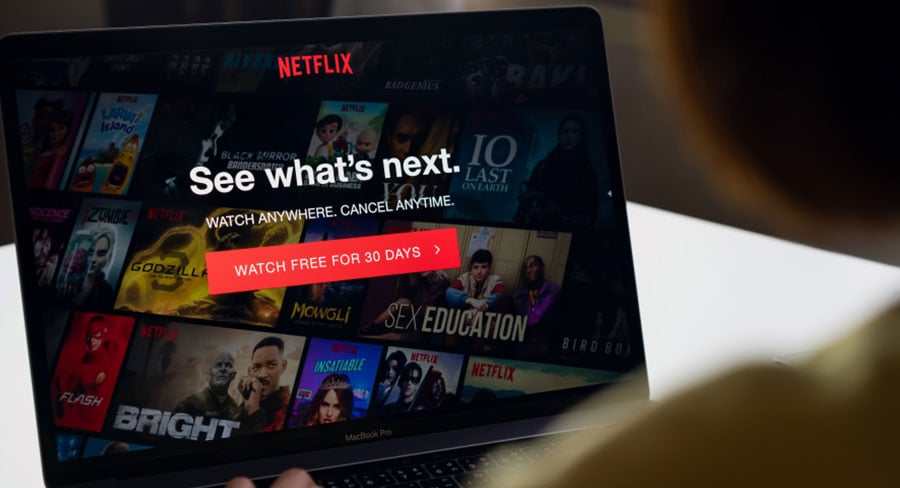PwC’s 18th annual Australian Entertainment & Media Outlook analyses trends and consumer and advertising spend across 12 segments and shows spending is expected to rise at a compound annual growth rate (CAGR) of 4.2% over the next five years, up from 3% in 2018, with companies increasingly breaking away from legacy models.
Advertising spending is set to reach $23 billion by 2023, at a steady compound annual growth rate of 7.8%.
But while this seems like good news for the sector, PwC notes companies can no longer rely on past success to grow their businesses.
“Media companies won’t find growth by applying their old models,” Justin Papps, PwC Australia partner and Entertainment & Media Outlook editor told Mediaweek.
“They’ve got to find new ways to drive growth and I think in each of the sectors we’ve looked at, they’ve actually started to look for how they’re going to change the model to start to capture some of it.
“If you think about the macroeconomic circumstances you’ve almost got to over deliver on a value proposition to get customers to spend. Whether it’s streaming products, whether it’s audio or video. In effect you are dealing with two of the most finite things people have got: time and money.”
When it comes to over-delivering on value, no one does it better than Netflix.
“Customers only get so much time and money to spend, so the value proposition has got to be really strong for them to decide that is where they are going to spend their time and money. But you can’t think that out-Netflixing Netflix is a way that you’re going to drive growth.
“You actually have got to think of something a bit different to that. Hat might be specialising like Kayo, getting their pricing right, getting their value proposition right. We know what Kayo is going after, what they are about rather than trying to be everything to everybody.”
Papps also mentioned radio as a survivor by being a companion media.
“If you look at how they’re using podcasts for both catch up and extended-form content, it’s a really good example of going broader with their offering.
“Unlike many other sectors where the traditional broadcast mediums have suffered cannibalisation at the hands of new digital distribution methods, the terrestrial radio industry has shown that a strong traditional, and growing digital revenue stream can coexist.”
Advertising spending is set to reach $23 billion by 2023, at a steady compound annual growth rate of 7.8%. Internet advertising and subscription TV continue to capture an increasing share of ad spend from free-to-air (FTA) television, newspapers and consumer magazines in particular.
Advertising revenue in advertising supported video-on-demand and, in particular, broadcaster video-on-demand (BVOD) is expected to grow strongly over the next five years. This will be driven by greater penetration of smart televisions with OTT television capability embedded, as well as other internet enabled hardware devices. Software developments are an additional driver, with free-to-air networks investing in platform user experience.
“With cost pressures on Australian households increasing, we expect the current growth of broadcaster video-on-demand (BVOD) services to continue, leveraging the willingness of consumers to pay with their time by consuming brand advertising in exchange for content,” Papps said.
Tomorrow and Friday in Mediaweek:
PwC’s Justin Papps gives Mediaweek insights to the challenges facing each media sector.
